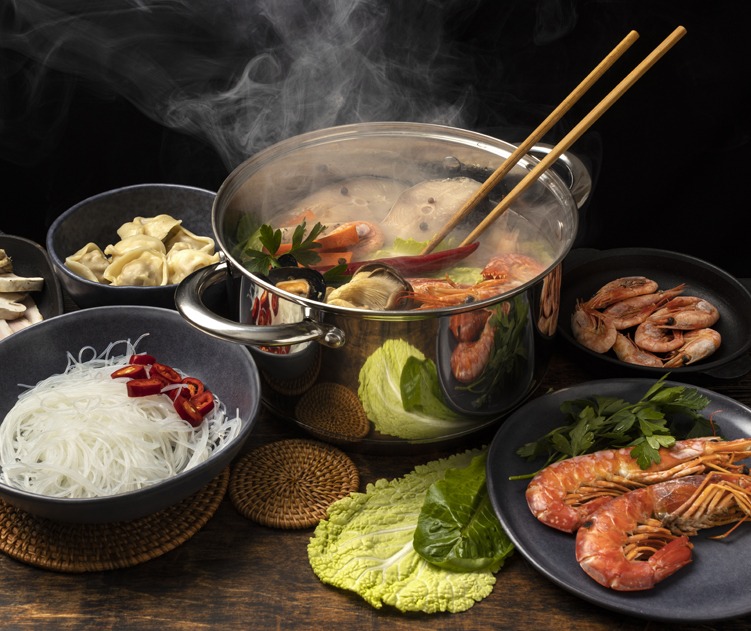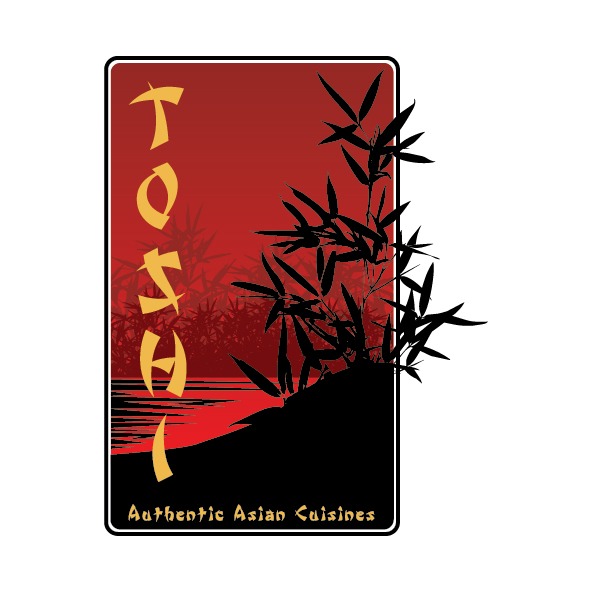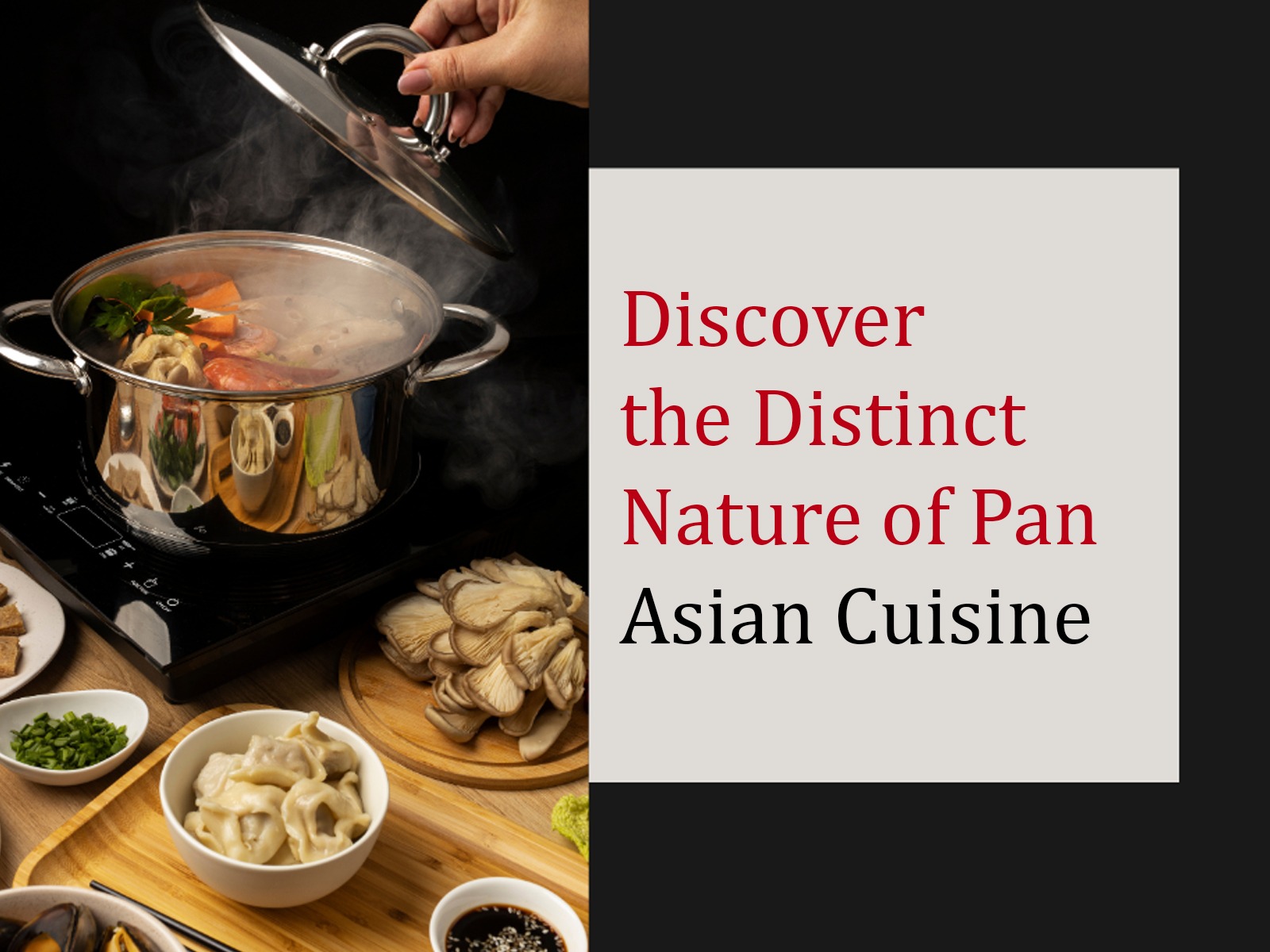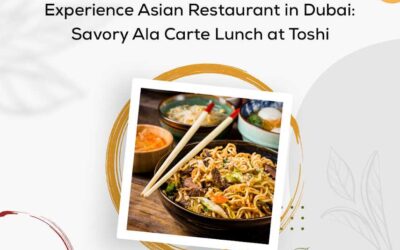Pan Asian cuisine includes a number of important regional cooking traditions from Central Asia, East Asia, North Asia, South Asia, Southeast Asia, and West Asia.
A meal is a distinctive set of culinary techniques and traditions, typically linked to a particular culture. The biggest and most populated continent, Asia, is home to numerous civilizations, many of which have distinctive cuisines. Asians historically employ a variety of spices in their daily meals, and Pan Asian cuisine is well known for its spices.
Rice, ginger, garlic, sesame seeds, chiles, dried onions, soy, and tofu are among the ingredients that many civilizations in the East and Southeast of the continent share. Common cooking techniques include deep frying, steaming, and stir-frying.
Although most Pan Asian cuisines include rice, different types are preferred in various locales. The culture, religious heritage, and national identity of Laos are all deeply intertwined with glutinous rice.
Basmati rice is commonly available across Southeast Asia, long-grain rice is popular in China, and short-grain rice is popular in Japan and Korea. Basmati rice is popular in the Indian subcontinent.
In South Asia, Southeast Asia, and East Asia, curry is a typical cuisine. Curry meals have their roots in the Indian subcontinent; while they often have a meat base in modern-day Armenia, they typically have a vegetarian base in Southeast Asia and India.
The food, especially the varied traditional methods of Asian cooking, has a significant impact on Asian culture. Despite the fact that many Asian cultures frequently share the custom of gathering the family or group for a meal in order to socialize or celebrate, each of Asia’s cultures has developed its own distinct ethnic culinary traditions as a result of the interaction between history, culture, and environment.
Both Western and Asian cuisines for their wide range of flavours. Anything from European to American dinners that are filling, substantial, and don’t forget, fatty, is considered to be Western cuisine. Eastern cuisine, or Asian cuisine, is very different. Asian food, which encompasses variations like Korean, Chinese, Japanese, Thai, Indian, Vietnamese, Cambodian, and many more, is frequently spicier and places a greater emphasis on flavour than on substantial quantities.
In contrast to Asian cuisines, the comparative study found that Western cuisines frequently combine items with comparable taste compounds in a single recipe. In other words, the more tastes two components have in common, the less probable it is that they would be combined in an Asian dish.
This explains why components in Western recipes tend to overlap and intensify each other’s constituent flavours, but elements in Pan Asian cuisine tend to develop separate flavours with ingredients that bristle or even contradict each other.

Pan Asian cuisine
Central Asian Cuisine:
The majority of Central Asian countries share culinary traits with one another and their neighbours, drawing heavily on the regional cuisines of Western and Eastern Asia, notably Iran and Mongolia. For instance, a common version of pilaf is a meal called “plov” or “osh.” Yet, comparable to beef, mutton, and horse meat is the most popular foods in many of the same nations. This is a result of Mongolian food. The cuisine of Kazakhstan and Kyrgyzstan has changed to accommodate a nomadic way of life.
Turkic peoples frequently consume kumis, particularly in Central Asia.
Yoghurt’s origins are also associated with Central Asia. It is popular among Turkic peoples, just like kumis.
East Asian Cuisine:
Chinese, Japanese, Korean, Mongolian, Taiwanese, and Tibetan food are all examples of East Asian cuisine. Given that this is the most populous region on earth, it boasts a wide variety of regional foods (especially in China). Rice, noodles, mung beans, soybeans, seafood (Japan has the greatest per capita intake of seafood), mutton (Mongolia), bok choy (Chinese cabbage), and tea are some examples of staple foods.
North Asian Cuisine:
Due to all of Northern Asia being a part of the Russian Federation, the terms “North Asian cuisine” and “Russian cuisine” are frequently used interchangeably. Siberia does, however, have certain distinct culinary traditions, such as the Yakuts (or Sakha) and the Yamal. Although their food is very resemblant to that of the related Mongolians, Buryats have their unique cuisine as well.
Originally a Permic or Ugric meal, pelmeni has become a popular dish in mainstream Russian cuisine, although, given its origins, it still belongs to the Yamal cuisine. These may be a more straightforward variant of Chinese wontons, according to others.
To keep the meat fresh during the long winter, pelmeni is frozen outside Siberia. Several forms of drying and preservation are typical in Yamal. Fish and cowberries, sometimes referred to as lingonberries in Europe and North America, are essential components of the majority of northern Siberian dishes. Kumis is a popular beverage among Turkic-speaking peoples, including many Yakuts.
Southeast Asian Cuisine:
The cuisine of Southeast Asia places a great focus on meals that are very gently cooked and have a strong aromatic component, which includes tastes like citrus and herbs like lime, coriander/cilantro, and basil. The region’s components differ from those used in East Asian cuisines in that fish sauces are used instead of sauce and seasonings like galangal, tamarind, and lemongrass are added. There is a balance of stir-frying, boiling, and steaming used in cooking.
In conclusion, there is a lot of variety. However, a few of the ingredients are similar but then the method of preparing and serving is different. And there is a lot to discover about the nature of Asian Cooking. We will write about it soon. If you like this blog, make sure you write to us in the comments to encourage us.




